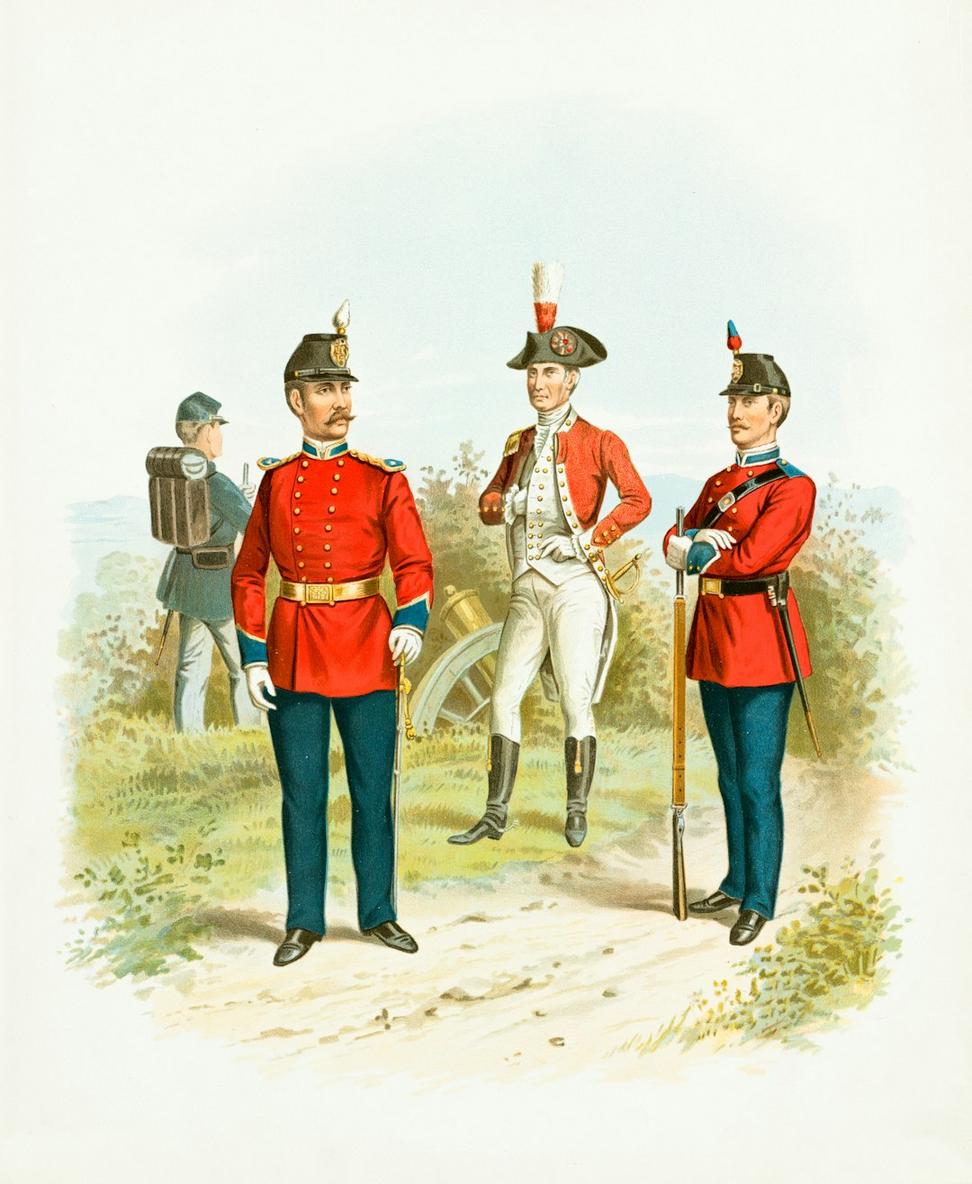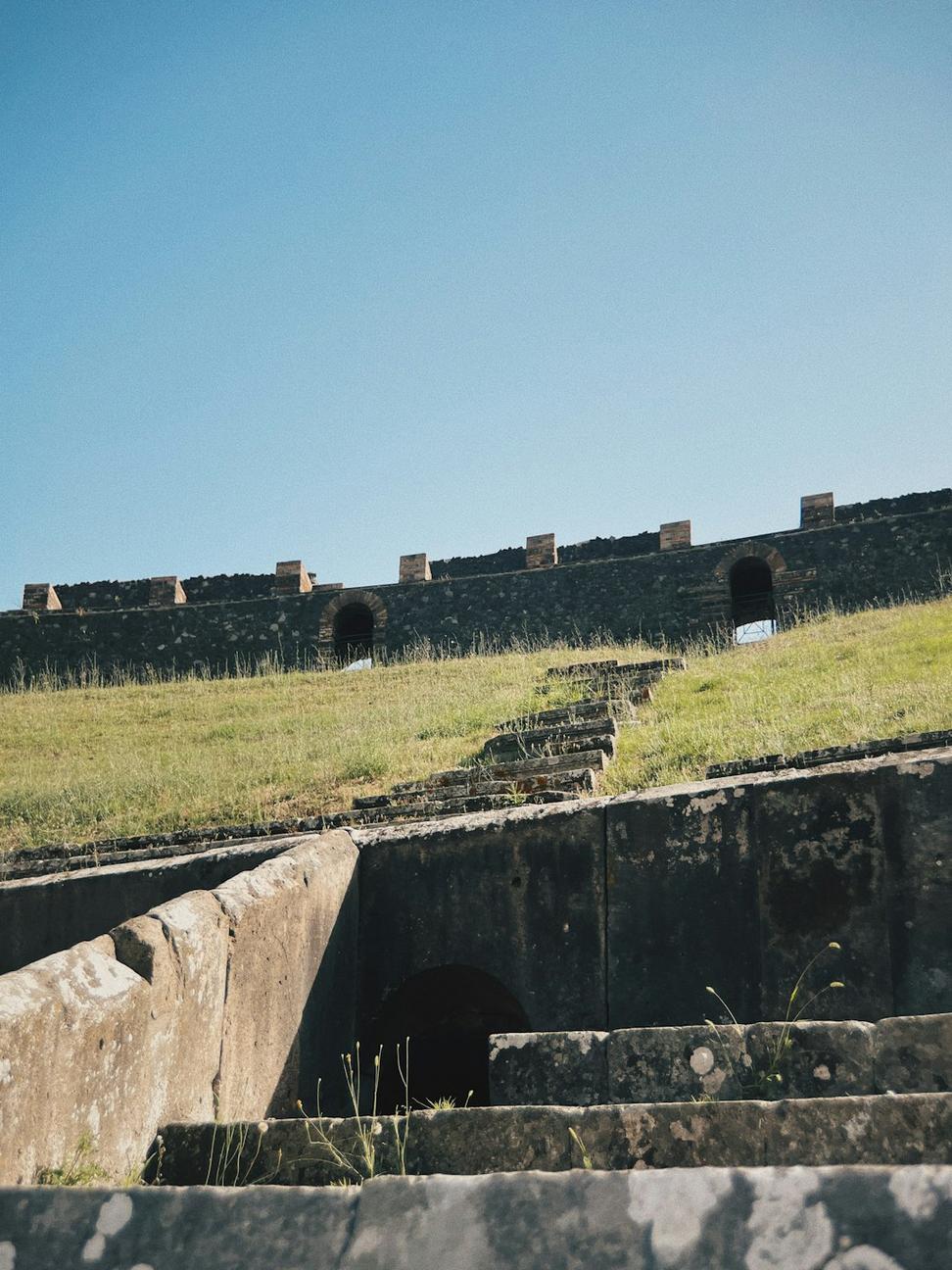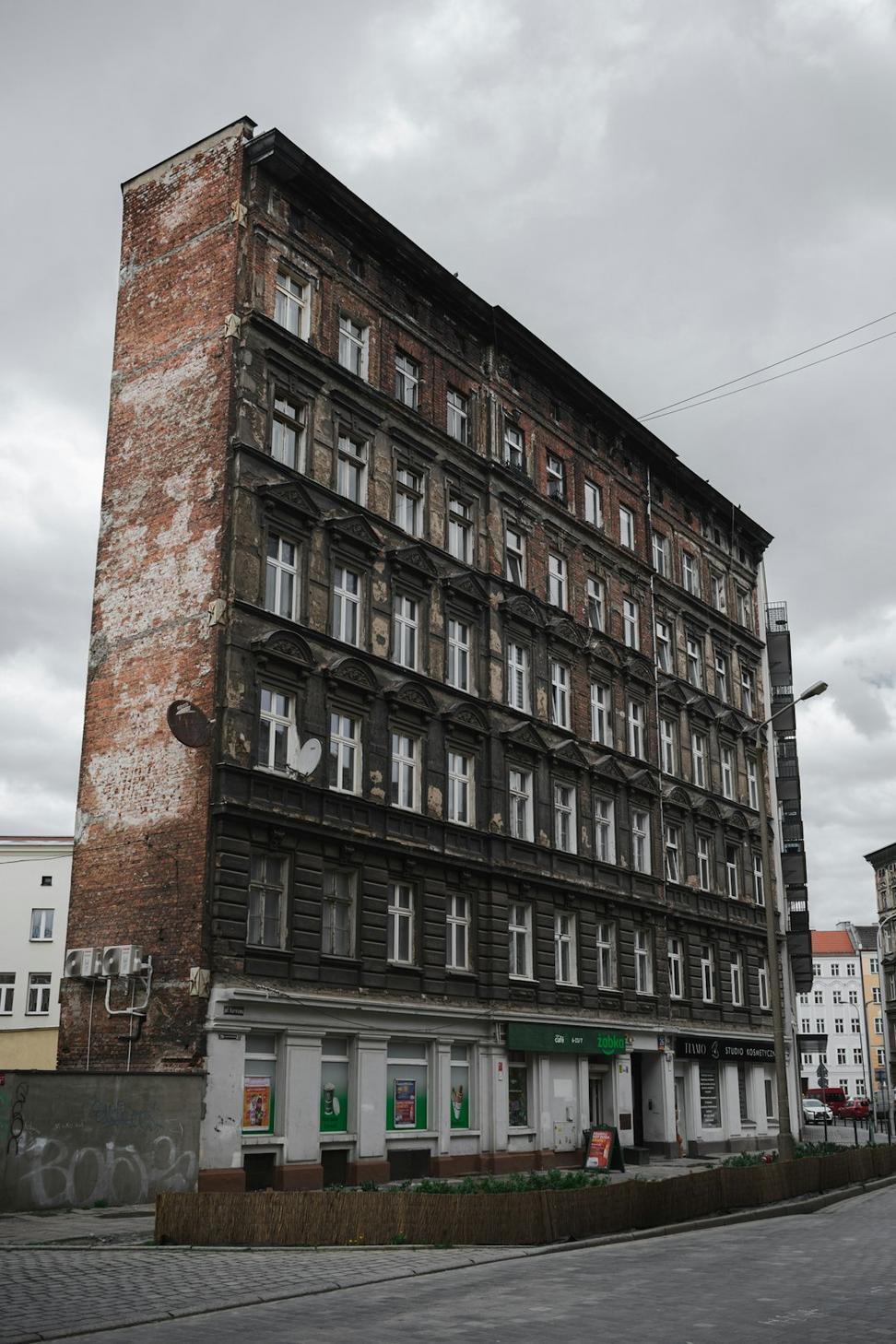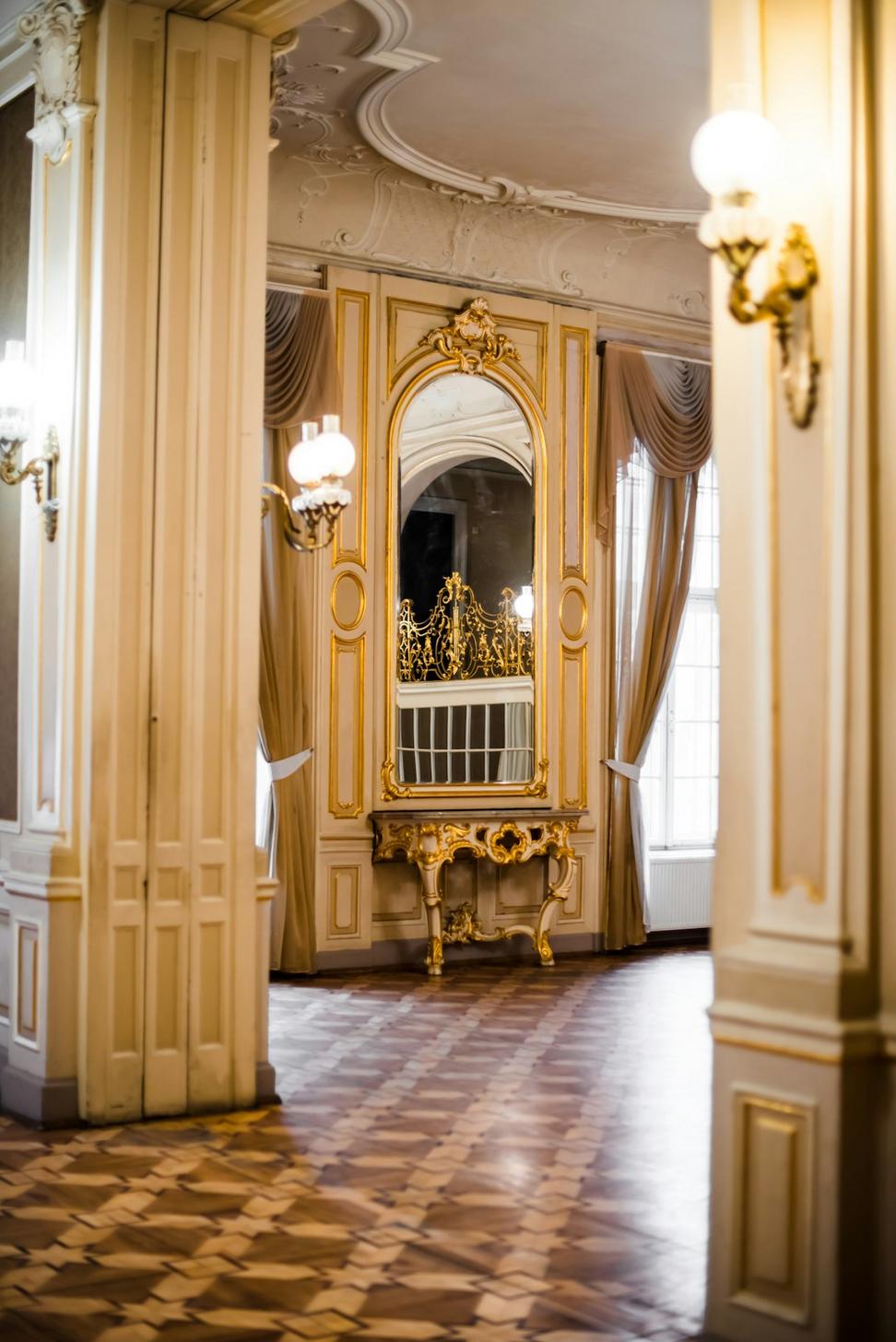
Grimthorn Fort, circa 1847
1847 - The Beginning
Look, they didn't build Grimthorn to host fancy dinner parties. Back in 1847, British colonial forces needed something solid on Vancouver Island's southern tip - a proper fortress to keep watch over the shipping lanes. So they hauled granite blocks up from the quarries and built walls thick enough to stop cannonballs.
The fort housed about 150 soldiers at its peak, all watching for threats that honestly never really showed up. Turns out Victoria was more interested in trade than warfare, so these guys spent more time dealing with boredom than battles.

Garrison officers, 1880s
1870s-1890s - Military Glory Days
During these decades, Grimthorn actually mattered. Officers held elaborate dinners in what's now our Medieval Hall (yeah, we kept the original beamed ceiling). The fort got upgraded with more modern artillery, better quarters, even a small library.
Some of the stories from this era are wild - there's documented evidence of a smuggling ring run by three sergeants who used the supply tunnels. Those same tunnels are part of our fortress tours now, minus the contraband whiskey stash.

The quiet years, 1920
1905-1940 - The Forgotten Era
By the early 1900s, military strategy had moved on and Grimthorn got decommissioned. For about 35 years, the place just sat here collecting moss and becoming a favorite spot for local kids to explore (and probably get into trouble).
The Canadian government tried selling it a few times, but who wants to buy a massive stone fortress? It's not exactly practical for farming. So it just weathered storms and waited, which honestly these old walls were built to do anyway.

Coastal watchers, 1943
1942-1945 - Called Back to Duty
When WWII kicked off and suddenly the Pacific wasn't looking so peaceful, somebody remembered Grimthorn existed. The Canadian military set up a coastal observation post here - nothing glamorous, just a bunch of guys with binoculars watching for Japanese submarines that never came.
They added some concrete bunkers (we've kept one as part of the historical tour) and modern communications equipment. After the war ended, they cleared out again and Grimthorn went back to being forgotten.

Restoration begins, 1998
1998-2008 - The Restoration
Heritage architect Margaret Chen saw something everyone else missed - Grimthorn could be incredible if someone actually cared for it properly. She bought the property and spent a decade carefully restoring it, which meant dealing with a mountain of heritage preservation regulations.
They kept the original stonework, restored the massive oak doors, rebuilt the interior spaces while maintaining historical integrity. Our luxury rooms now occupy the old officers' quarters and barracks, but we kept the vaulted ceilings and stone walls. You can still see musket ball marks in some of them.

Grimthorn Fort Hotel, today
2009-Present - A New Chapter
We opened as a luxury heritage hotel in 2009, and honestly, it's been quite the journey. The fortress that once kept people out now welcomes guests from around the world. We've added modern amenities - the spa, wine cellar, updated dining facilities - but always respecting what makes this place special.
Walking through Grimthorn, you're literally moving through Canadian history. Those granite walls have stories we're still discovering. Last year during renovation work, we found a hidden compartment with letters from 1873. That's the kind of place this is - always revealing something new about its past.